Diseases / Tests
Listening to your own body over a lifetime can tell you far more than any doctor in a small room for a rushed 10 minutes appointment.
Lifestyle related disease
- Obesity
- Hypertension
We've discovered that there are more than 70,000 ways the human body can fail. 70,000 different diagnoses for our 13 organ systems. We've developed 6,000 drugs, 4,000 medical and surgical procedures
Celiac Disease - https://www.medicalnewstoday.com/articles/38085.php
Celiac disease is a chronic digestive disorder resulting from an immune reaction to gliadin, a gluten protein found in wheat, barley, rye, and sometimes oats.
Celiac disease(CD) is a chronic, multiple-organ autoimmune disorder primarily affecting the small intestine caused by the ingestion of wheat, barley, rye, oats, and derivatives, that appears in genetically predisposed people of all ages.CD is not only a gastrointestinal disease, because it may involve several organs and cause an extensive variety of non-gastrointestinal symptoms, and most importantly, it may be apparently asymptomatic.Many asymptomatic people actually are not, but have become accustomed to living with a chronic bad health status as if it were normal, and they are able to recognize that they actually had symptoms related to celiac disease after starting the gluten-free diet and improvement is evident, in contrast to the situation prior to the diet.Added difficulties for diagnosis are the fact that serological markers [anti-tissue transglutaminase](https://en.wikipedia.org/wiki/Anti-transglutaminase_antibodies#Anti-tissue_transglutaminase](TG2) are not always present and many people may have minor mucosal lesions, without atrophy of the intestinal villi.
CD affects approximately 1--2% of the general population, but most cases remain unrecognized, undiagnosed and untreated, and at risk for serious long-term health complications.People may suffer severe disease symptoms and be subjected to extensive investigations for many years, before a proper diagnosis is achieved.Untreated CD may cause malabsorption, reduced quality of life, iron deficiency, osteoporosis, an increased risk of intestinal lymphomas, and greater mortality. CD is associated with some other autoimmune diseases, such as diabetes mellitus type 1, thyroiditis, gluten ataxia, psoriasis, vitiligo, autoimmune hepatitis, dermatitis herpetiformis, primary sclerosing cholangitis, and more.
CD with "classic symptoms", which include gastrointestinal manifestations such as chronic diarrhea and abdominal distention, malabsorption, loss of appetite, and impaired growth, is currently the least common presentation form of the disease and affects predominantly small children generally younger than two years of age.
CD with "non-classic symptoms" is the most common clinical typeand occurs in older children (over 2 years old), adolescents, and adults.It is characterized by milder or even absent gastrointestinal symptoms and a wide spectrum of non-intestinal manifestations that can involve any organ of the body, and very frequently may be completely asymptomaticboth in children (at least in 43% of the cases) and adults.
https://en.wikipedia.org/wiki/Coeliac_disease
Non-celiac gluten sensitivity
Non-celiac gluten sensitivity (NCGS) is described as a condition of multiple symptoms that improves when switching to a gluten-free diet, after celiac disease and wheat allergy are excluded. Recognized since 2010, it is included among gluten-related disorders.Its pathogenesis is not yet well understood, but the activation of the innate immune system, the direct negative effects of gluten and probably other wheat components, are implicated.
NCGS is the most common syndrome of gluten intolerance, with a prevalence estimated to be 6-10%. NCGS is becoming a more common diagnosis, but its true prevalence is difficult to determine because many people self-diagnose and start a gluten-free diet, without having previously tested for celiac disease or having the dietary prescription from a physician.People with NCGS and gastrointestinal symptoms remain habitually in a "no man's land", without being recognized by the specialists and lacking the adequate medical care and treatment.Most of these people have a long history of health complaints and unsuccessful consultations with numerous physicians, trying to get a diagnosis of celiac disease, but they are only labeled as irritable bowel syndrome.A consistent although undefined number of people eliminate gluten because they identify it as responsible for their symptoms and these improve with the gluten-free diet, so they self-diagnose as NCGS.
People with NCGS may develop gastrointestinal symptoms, which resemble those of irritable bowel syndrome or wheat allergy, or a wide variety of non-gastrointestinal symptoms, such as headache, chronic fatigue, fibromyalgia, atopic diseases, allergies, neurological diseases, or psychiatric disorders, among others.The results of a 2017 study suggest that NCGS may be a chronic disorder, as is the case with celiac disease.
Besides gluten, additional components present in wheat, rye, barley, oats, and their derivatives, including other proteins called amylase-trypsin inhibitors (ATIs) and short-chain carbohydrates known as FODMAPs, may cause NCGS symptoms. As of 2019, reviews conclude that although FODMAPs present in wheat and related grains may play a role in non-celiac gluten sensitivity, they only explain certain gastrointestinal symptoms, such as bloating, but not the extra-digestive symptoms that people with non-celiac gluten sensitivity may develop, such as neurological disorders, fibromyalgia, psychological disturbances, and dermatitis.ATIs may cause toll-like receptor 4 (TLR4)-mediated intestinal inflammation in humans.
https://en.wikipedia.org/wiki/Non-celiac_gluten_sensitivity
https://en.wikipedia.org/wiki/Gluten
Lactose Intolerance
People with lactose intolerance cannot metabolize lactose properly, because their digestive system produces too little of an enzyme known as lactase. If they consume foods containing lactose, they may experience bloating, flatulence, and diarrhea.
https://www.medicalnewstoday.com/articles/180120.php
Hyperthyroidism
Hyperthyroidism, or overactive thyroid, happens when the thyroid gland produces too much thyroid hormone. This has an impact throughout the body.
https://www.medicalnewstoday.com/articles/9153.php
Injury
- Don't put water on skin damage and never itch the blood clot appear after injury, it will heal faster
- Put betadine on it and don't cover it, cover while bathing
Brushing Teeth
- Change brush every 3 months
- Brush for 2 minutes, twice a day, once flossing
- Don't rinse with water /
use mouthwash floride water (listerine) - Don't put brush in bathroom
- Flossing
- Use tongue cleaner
- Don't use hard toothbrush (soft or extra soft)
- Minimal pressure
- Brush in circles (no back and forth)
- Brush in 45 degree angle to gums
- Downwards (or upwards) towards your gums
- Change routine
- Don't brush more than 2 times a day
- Wait 30 min after eating before brushing
How long should you brush your teeth? Here are some tips from experts | CNN
Cough
- Drink hot ghee with adrak juice
- Drink hot water + lemon + honey (honey soothes your throat)
- Salt + water gargle
- Non productive cough / Dry cough
Viral infection
When you get infected with one of the many viruses that cause the common cold, your short-term symptoms usually last less than a week. It's not uncommon, however, for a cough to linger long after your other symptoms have improved.
These post-cold coughs are usually dry and can last for up to two months. They're usually the result of irritation in your airway, which is often overly sensitive after a viral illness.
This type of cough is difficult to treat and often requires time and patience. Coughing only increases the irritation in your airway, so try using throat lozenges and warm liquids to soothe your throat. This may help to reduce your coughing, giving your airway a chance to heal.
sucking on throat lozenges to moisturize and soothe irritated throat tissue
taking OTC cough suppressants, such as dextromethorphan (Robitussin), to suppress your cough reflex
adding honey to a hot drink to soothe irritated throat tissue
Thalassaemia
any of a group of hereditary haemolytic diseases caused by faulty haemoglobin synthesis, widespread in Mediterranean, African, and Asian countries.
Thalassemiais a blood disorder passed down through families (inherited) in which the body makes an abnormal form or inadequate amount of hemoglobin. Hemoglobin is the protein in red blood cells that carries oxygen.
It can be prevented in babies before birth
Tests
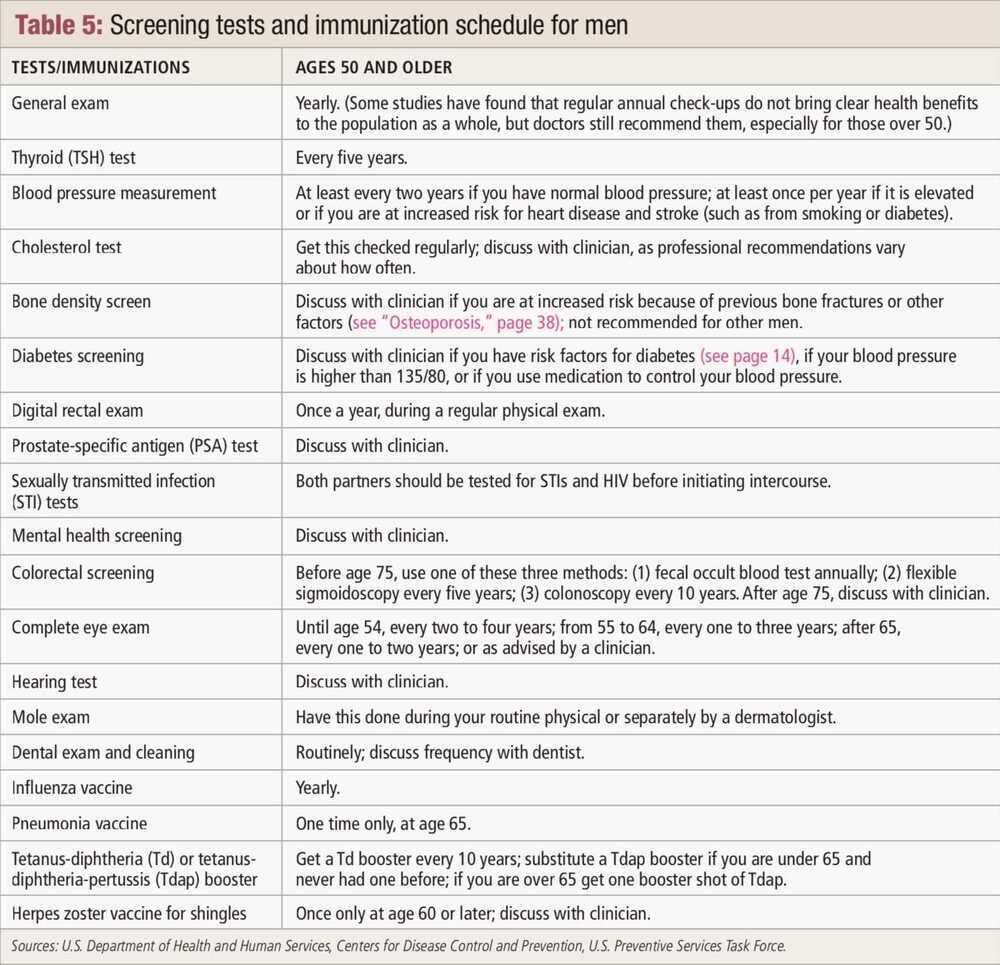
- fasting lipid profile test (full lipid profile or lipoprotein analysis) - every 5 years
- total cholestral
- LDL
- HDL
- Triglyceride
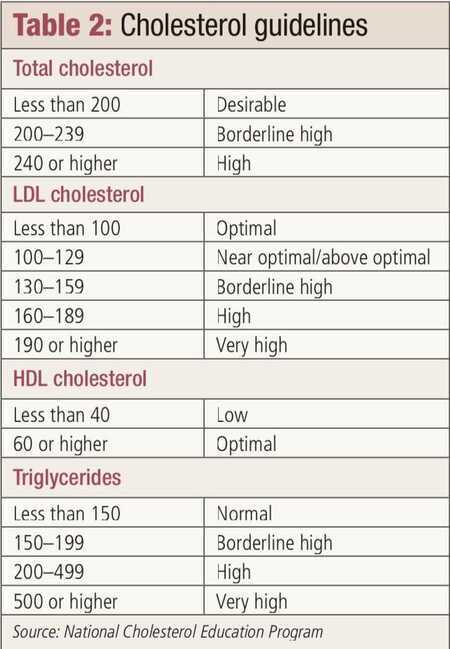
- Blood Pressure (every year)
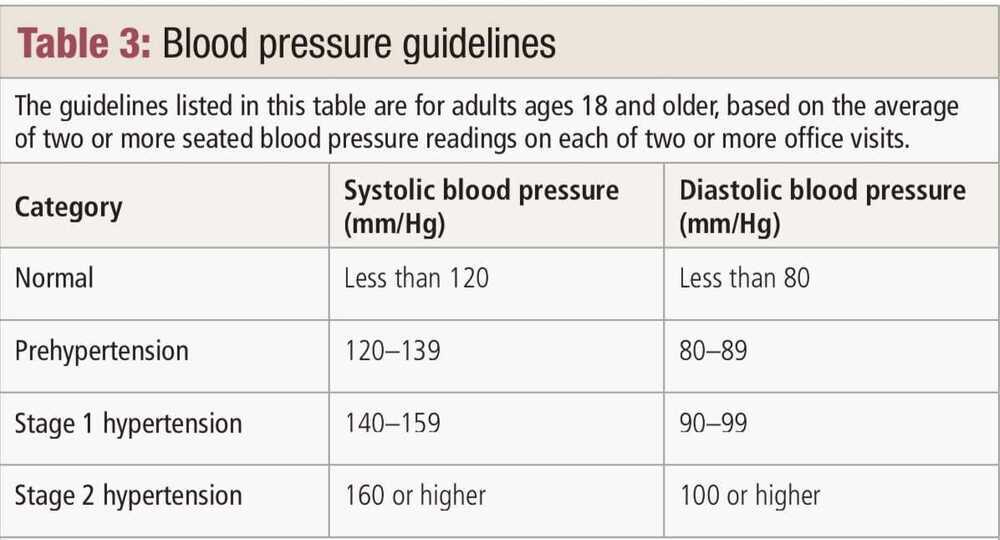
Hemorrhoid / Piles
Hemorrhoids, also calledpiles, are vascular structures in the anal canal.In their normal state, they are cushions that help with stool control.They become a disease when swollen or inflamed; the unqualified term "hemorrhoid" is often used to refer to the disease.The signs and symptoms of hemorrhoids depend on the type present.Internal hemorrhoids often result in painless, bright red rectal bleeding when defecating. External hemorrhoids often result in pain and swelling in the area of the anus.If bleeding occurs it is usually darker.Symptoms frequently get better after a few days.A skin tag may remain after the healing of an external hemorrhoid.
https://en.wikipedia.org/wiki/Hemorrhoid
Hernia
Aherniais the abnormal exit of tissue or an organ, such as the bowel, through the wall of the cavity in which it normally resides.Hernias come in a number of types.Most commonly they involve the abdomen, specifically the groin.Groin hernias are most common of the inguinal type but may also be femoral.Other hernias include hiatus, incisional, and umbilical hernias. Symptoms are present in about 66% of people with groin hernias.This may include pain or discomfort especially with coughing, exercise, or going to the bathroom. Often it gets worse throughout the day and improves when lying down.A bulging area may occur that becomes larger when bearing down.Groin hernias occur more often on the right than left side.The main concern is strangulation, where the blood supply to part of the bowel is blocked. This usually produces severe pain and tenderness of the area.Hiatus or hiatal hernias often result in heartburn but may also cause chest pain or pain with eating.
https://en.wikipedia.org/wiki/Hernia
Heart Attack
‼️Wake up India: Epigamia co-founder Rohan Mirchandani, 42, died from a sudden cardiac arrest.
1 in 4 reading this in India will die of a disease of the heart (Atherosclerosis). 33% of these will experience their first cardiac event as ‘sudden death’ like Rohan Mirchandani or Ambareesh Murthy of Pepper Fry☹️
🧐Is Atherosclerosis really sudden? I lost my father (at 37) & my brother (35) to heart disease (not an attack). I am at high risk of the same. Thus, I have read a lot on heart attack ➕ stroke. Here are some things every Indian must know:
1️⃣ It is the no.1 killer in India & the world 2️⃣ Atherosclerosis is ubiquitous & inevitable. You either die from or with it 3️⃣It starts in your teens (7% deaths) but takes decades to manifest 4️⃣Women are 10x more at risk to die from Atherosclerosis than breast cancer 5️⃣The medical world knows a lot about Atherosclerosis. We can delay it 6️⃣Your biggest risk🟰AGE 7️⃣We blame cholesterol but there is no such thing as good or bad cholesterol. No cholesterol🟰No life. Not more than 10% of dietary cholesterol makes its way into circulation
Then what causes it?🤨
Body makes its own cholesterol, some cells more & some less. Hence needs transportation to the ones that make less. It is the transportation of cholesterol and triglyceride inside a lipoprotein (both being hydrophobic) that starts the process of Atherosclerosis.
Every Lipoprotein vehicle that transports is wrapped with apoB. The number of vehicles🟰Lipoprotein/apoB is a predictor of risk. Sadly we measure weight as a risk. Wrong. The NMR technology that can detect apoB particles or LDL particles that predict the risk decades early is not available in India.
While travelling inside the blood vessel, apoB particles get stuck in the single layer endothelial and release oxidative stress. Body sends soldiers to fight➕repair the damage. The more damage (smoking/blood pressure/carbs/sugars etc) the more repair is needed. As the damage continues the repair process accelerates breaks open, and enters the blood vessel and body sends bigger tanks and aircraft to combat resulting in plaque, narrowing the blood vessel and restricts the flow of oxygen leading to heart attack or stroke💔
You can also see the blockage through the latest tech like CT scans🩻
What can you do?
- Tests regularly. If you travel abroad, test for apoB/LDL-P
- If not, use LDL-C as a proxy. If high, bring it down. Speak to your cardiologist. Use medication like Statins or CPSK9 inhibitors.
- After age, big contributors🟰smoking & blood pressure.
- Exercise is the biggest weapon for heart health.
- Sleep for 8 hours. Under sleep even for 2 hours increases your risk of heart attack by 200%
- Eat less. Law of thermodynamics. All excess energy will be converted into fat (triglycerides). The more triglyceride, the more vehicles required.
Prashant Desai on LinkedIn: #heart #health | 408 comments
Anorexia
An eating disorder characterized by markedly reduced appetite or total aversion to food.Anorexiais a serious psychological disorder. It is a condition that goes well beyond out-of-control dieting. The person withanorexia, most often a girl or young woman, initially begins dieting to lose weight.
Boils
- A boil is a common, painful infection of a hair follicle and the surrounding skin. It begins as a red lump, then fills with pus as white blood cells rush in to fight the infection. Good home care can often clear up a single boil, also known as a skin abscess. A doctor's care is needed when a boil resists treatment or develops in certain vulnerable areas of the body.
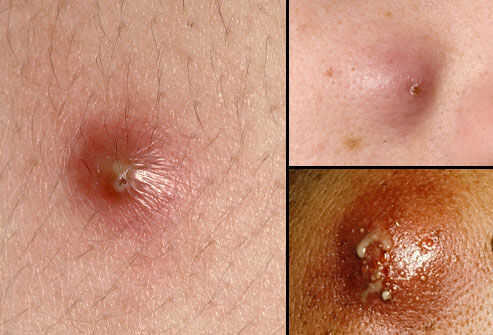
- You may also have a general feeling of ill health, fatigue, or a fever, which is reason to call a doctor.
- Most boils are caused by staph bacteria (Staphylococcus aureus). When a scrape, cut, or splinter breaks the skin, the bacteria can enter a hair follicle and start an infection.
- Not exactly, but the germs that cause boils (staph) are easily spread through skin-to-skin contact and contaminated objects. These bacteria usually do no harm unless they find a break in the skin. To avoid spreading staph, don't share towels, bedding, clothes, or sports gear while you have a boil. Avoid touching the boil, and keep it covered. Frequent hand washing can also help prevent spreading the bacteria.
- Since bacteria are everywhere in our environments and on many people's skin, the best defense against boils includes:
- Hand washing or use of alcohol-based hand sanitizer
- Careful cleaning of cuts, scrapes, and other wounds
- Keeping wounds covered
- Not sharing towels, sheets, razors, etc.
- Wash towels, sheets, and anything else in contact with an infected area in very hot water. Throw away any wound dressings in a tightly sealed bag.
- Since bacteria are everywhere in our environments and on many people's skin, the best defense against boils includes:
- Types of Boil
- Carbuncle
When several boils form close together and join beneath the skin, it's called a carbuncle. They are most commonly found on the back and the neck but can develop anywhere. Men are more likely to develop carbuncles than women. A carbuncle tends to lie deeper beneath the skin than a boil and can take longer to heal.
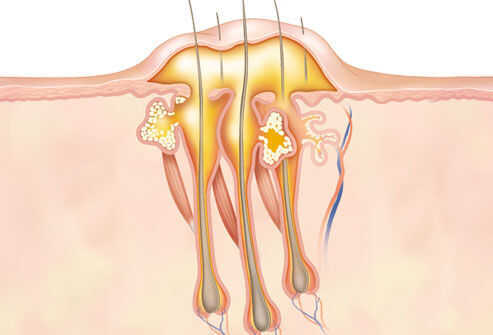
-
Cystic Acne
-
Armpit and Groin (hidradenitis suppurativa)
-
Pilonidal Abscess
-
Stye
-
Anyone can develop a boil. The risk increases with:
- Close contact with an infected person
- Acne, eczema, or other causes of breaks in the skin
- Diabetes
- A weakened immune system
- Poor nutrition
- Poor hygiene
- Exposure to harsh chemicals that irritate the skin
-
Treatment
- Apply warm, moist compresses several times a day to help a boil open and drain. After it starts draining, keep it clean, and continue using warm compresses -- a clean one every time. Change the bandage often and wash hands well. Resist the urge to squeeze or pop the boil. This can make the infection worse.
- When the boil starts draining, wash it with an antibacterial soap until all the pus is gone and clean with rubbing alcohol. Apply a medicated ointment (topical antibiotic) and a bandage. Continue to wash the infected area two to three times a day and to use warm compresses until the wound heals.
-
Warm compresses may promote the drainage and healing of carbuncles. Gently soak the carbuncle in warm water, or apply a clean, warm, moist washcloth for 20 minutes several times per day. Similar strategies include covering the carbuncle with a clean, dry cloth and gently applying a heating pad or hot water bottle for 20 minutes several times per day. After each use, washcloths or cloths should be washed in hot water and dried at a high temperature.
-
Washing the carbuncle and covering the area with a sterile bandage also may promote drainage and healing and help prevent the infection from spreading. Over-the-counter medications such as acetaminophen or ibuprofen can help relieve the pain of an inflamed carbuncle.
-
It's important to thoroughly wash your hands after touching a carbuncle. Launder any clothing, bedding, and towels that have touched a carbuncle and avoid sharing bedding, clothing, or other personal items.
-
Depending on severity, most carbuncles heal within two to three weeks after medical treatment.
-
When to Call the Doctor
If a boil doesn't heal after a week of home care, call your doctor. Other reasons to call include:
-
A boil on the face or spine
-
A fever or red streaks coming from the sore
-
A very large or painful boil
-
A boil that keeps coming back
-
The skin around the boil turns red or red streaks appear.
-
The pain becomes severe.
-
The boil does not drain.
-
A second boil appears.
-
Complications
- Sometimes, carbuncles are caused by methicillin-resistantStaphylococcus aureus(MRSA) bacteria, and require treatment with potent prescription antibiotics if the lesions are not drained properly.
Cold
A cold can cause a stuffy or runny nose, sore throat, and low fever, but is a cold bacterial or viral?
The common cold is caused by a number of different viruses, although rhinoviruses are most often the culprit.
There’s not much you can do to treat a cold except wait it out and use OTC medications to help relieve your symptoms.
Symptoms
Symptoms of a cold usually peak within 2 to 3 days and can include:
- Sneezing
- Stuffy nose
- Runny nose
- Sore throat
- Coughing
- Mucus dripping down your throat (post-nasal drip)
- Watery eyes
- Fever (although most people with colds do not have fever)
When viruses that cause colds first infect the nose and sinuses, the nose makes clear mucus. This helps wash the viruses from the nose and sinuses. After 2 or 3 days, mucus may change to a white, yellow, or green color. This is normal and does not mean you need an antibiotic.
Some symptoms, especially runny or stuffy nose and cough, can last for up to 10 to 14 days. Those symptoms should improve over time.
When to Seek Medical Care
- Trouble breathing or fast breathing
- Dehydration
- Fever that lasts longer than 4 days
- Symptoms that last more than 10 days without improvement
- Symptoms, such as fever or cough, that improve but then return or worsen
- Worsening of chronic medical conditions
Colds can have similar symptoms to flu. It can be difficult (or even impossible) to tell the difference between them based on symptoms alone.
How to Feel Better
Below are some ways you can feel better while your body fights off a cold:
- Get plenty of rest.
- Drink plenty of fluids.
- Use a clean humidifier or cool mist vaporizer.
- Use saline nasal spray or drops.
- For young children, use a rubber suction bulb to clear mucus.
- Breathe in steam from a bowl of hot water or shower.
- Suck on lozenges. Do not give lozenges to children younger than 4 years of age.
- Use honey to relieve cough for adults and children at least 1 year of age or older.
Common Cold | Antibiotic Use | CDC
Flu vs Common Cold
Influenza (flu) and the common cold are both contagious respiratory illnesses, but they are caused by different viruses. Flu is caused by influenza viruses only, whereas the common cold can be caused by a number of different viruses, including rhinoviruses, parainfluenza, and seasonal coronaviruses. Seasonal coronaviruses should not be confused with SARS-CoV-2, the virus that causes COVID-19. Because flu and the common cold have similar symptoms, it can be difficult to tell the difference between them based on symptoms alone. In general, flu is worse than the common cold, and symptoms are typically more intense and begin more abruptly. Colds are usually milder than flu. People with colds are more likely to have a runny or stuffy nose than people who have flu. Colds generally do not result in serious health problems, such as pneumonia, bacterial infections, or hospitalizations. Flu can have serious associated complications.
Aphasia
Aphasia is an inability to comprehend or formulate language because of damage to specific brain regions.
Norwood scale
The Dreadful Business of Balding & Hair Loss - YouTube
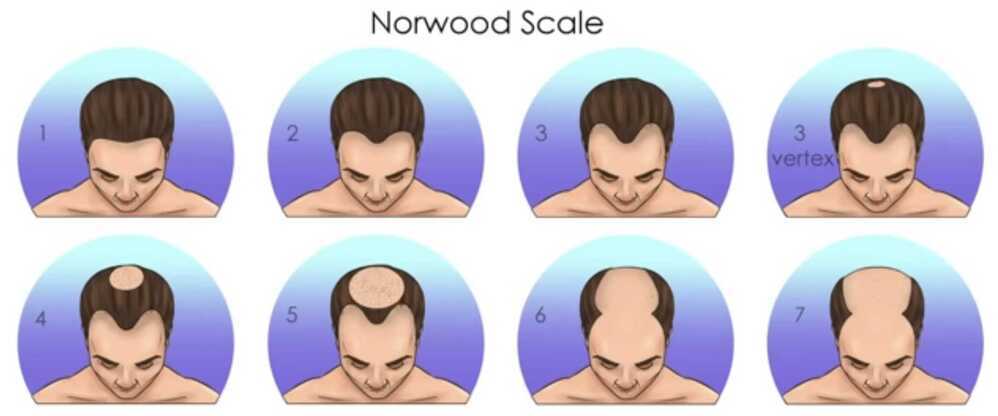
Lead Poisioning
Tonsilitis
Understanding Tonsillitis - YouTube
Diabetes
The Rise Of Glucose Monitoring Among Non-Diabetics - YouTube
Mumps
Mumps: Causes, Symptoms & Treatments
Vaccine - The mumps vaccine is part of the MMR vaccine series, which also protects against measles and rubella. The CDC recommends that children receive two doses of the MMR vaccine, the first between 12 and 15 months of age and the second between 4 and 6 years of age, with at least four weeks between the doses. The vaccine is 96% effective against measles, 86% effective against mumps, and 89% effective against rubella.
JellyFish Sting
- Caladryl
- Delayed skin reaction
- Tetanus
- Vinegar
PCOS and PCOD
PCOD (Polycystic Ovarian Disease) and PCOS (Polycystic Ovary Syndrome) are both hormonal disorders that affect the ovaries. PCOD is generally less severe than PCOS
ADHD
ADHD, or Attention-Deficit/Hyperactivity Disorder, is a neurodevelopmental condition characterized by symptoms of inattention, hyperactivity, and impulsivity. These symptoms can manifest in different ways and impact various aspects of a person's life.